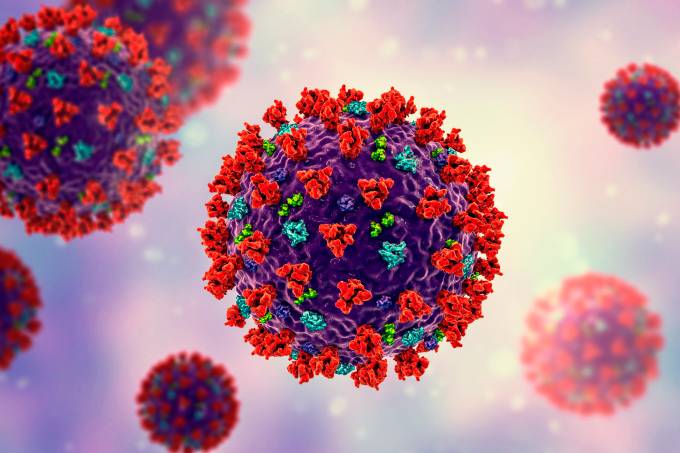Protocol Detail


HYPEROSMOLAR, HYPERGLYCAEMIC, NON-KETOTIC STATE (HHNS)
Hyperosmolar hyperglycemic state. Hyperosmolar hyperglycemic state (HHS) is a complication of diabetes mellitus in which high blood sugar results in high osmolarity without significant ketoacidosis. Symptoms include signs of dehydration, weakness, legs cramps, trouble seeing, and an altered level of consciousness.
Diagnosis
Severe, life threatening complication of Type 2 NIDDM with up to 50% mortality.
NIDDM previously undiagnosed 30%.
Identify precipitant factors: infection, Acute Myocardial Infarction, Cerebro Vascular Accident, pancreatitis, GI haemorrhage, drugs (Diuretics, steroids, alcohol).
Usually elderly.
Presents with weakness, polyuria, reduced oral intake/ vomiting, weight loss,confusion, tachycardia, Kusmaul breathing & acidotic smell.
Severe hyperglycaemia (often >40mmol/1), severe hyperrosmolality >315mmol/1 & profound
dehydration.
Osmolality = 2 x Na + Urea + Glucose.
Significant ketosis & acidosis are not usually present.
Rarely presents with coma, but often with altered level of consciousness.
Onset is insidious, generally over days to weeks.
Management
1. Involve LMO at an early juncture
2. ABC’s IV access, Oxygen, continuous monitoring
3. FBC, U&E’s, LFT’s, Septic screen (Mid Stream Urine, +/-CSF) & venous gasses
4. Catheterise to monitor output
5. CXR
6. ECG
7. Consider CT head
8. Degree of fluid deficit is usually 10 litres
9. IV fluids:
· Initially N.Saline 500ml boluses to correct any shock
· After shock corrected be more expedient
· Replace deficit over 24-48 hours, start with N.Saline 11 every 2-4 hours.
10. Once BSL’s start to decline & urine output is established at >1m1/kg/hr replace with ½ N.Saline/ 2.5% Dextrose
11. Once BSL < 14mmol/1 commence 5% dextrose
12. Monitor potassium closely:
· Replace at 5-10 mmol/hr if <5.5 mmol/1 & urine output is established.
13. Insulin:
· Aim to reduce BSL by 2-5 mmol/hour,
· IV Actrapid 0.05 units/kg/hr, halve rate when BSL <14 mmol/1.
14. DVT prophylaxis required as at significant risk,
15. Confusion may last for several days even after normoglycaemia is achieved.









